A recent report reveals that over 3.4 million children in Bangladesh are living in street situations without parental care, shedding light on the challenging realities they face. The report, which presents insights from over 400 children across various districts, underscores the complexities and hardships experienced by these vulnerable children.
The Qualitative Study on Children in Street Situations, launched as part of the "Child Sensitive Social Protection in Bangladesh (CSPB) Project, Phase-II," was unveiled at the National Art Gallery, Bangladesh Shilpakala Academy. This collaborative effort between the Department of Social Services, Ministry of Social Welfare, the Government of Bangladesh, and Unicef Bangladesh, with support from the European Union (EU) and the Swedish International Development Cooperation Agency (SIDA), aims to address the root causes of issues faced by street children.
The report highlights the diverse stories behind each street child in Bangladesh, emphasizing the need for action beyond statistics. Factors such as poverty, climate change, disasters, and dysfunctional family dynamics are identified as key drivers pushing children onto the streets.
During the launching ceremony, stakeholders discussed the importance of strengthening child protection mechanisms to prevent abuse, exploitation, and illegal activities among street children. Social Welfare Minister Dr. Dipu Moni emphasized the need for empathy towards these vulnerable children, acknowledging the challenges they face in securing their rights and well-being.
The report also features policy recommendations aimed at enhancing child protection efforts, with a focus on preventing violence against children and women and addressing harmful practices. Efforts to reform partnerships with relevant ministries and organizations are highlighted as part of a broader strategy to achieve a more significant and sustainable impact.
The report's unveiling coincided with an exhibition at the National Art Gallery showcasing the lives of street children through installation art and photographs. Through powerful visuals and narratives, the exhibition shed light on the harsh realities faced by children like Rohini and Karim, underscoring the urgent need for concerted efforts to support and protect these vulnerable members of society.




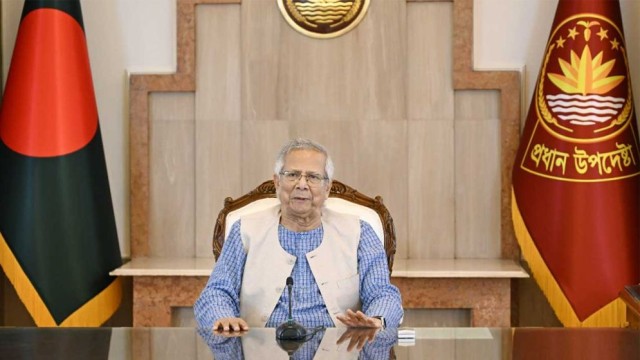
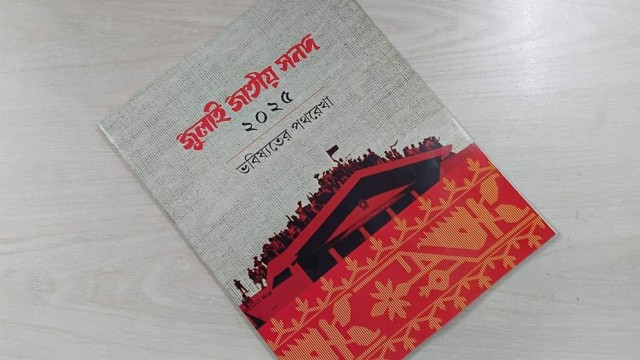

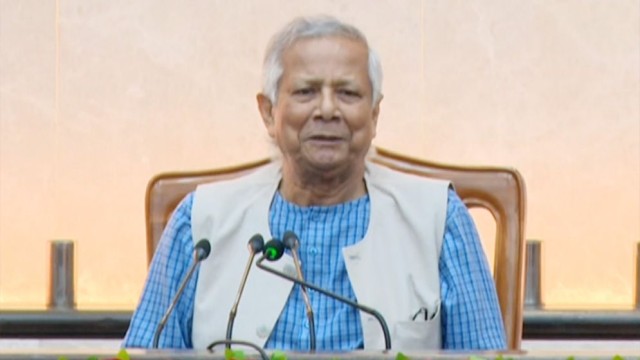
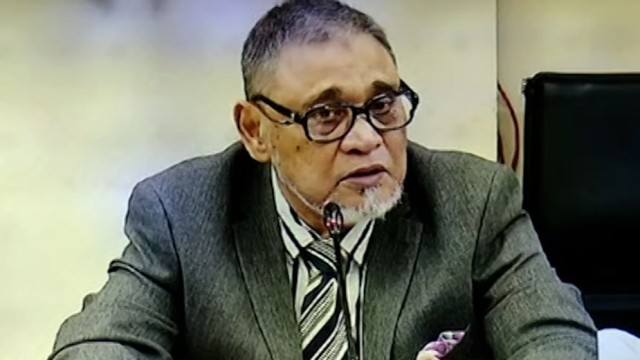
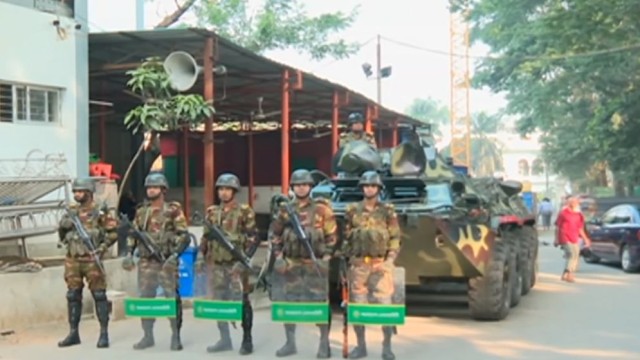
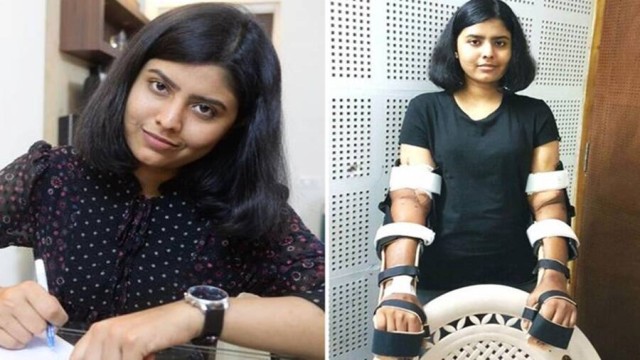
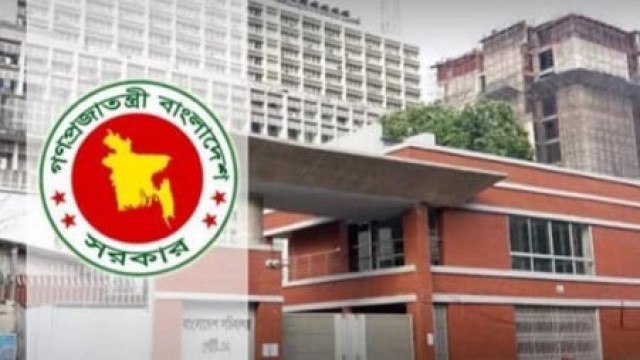

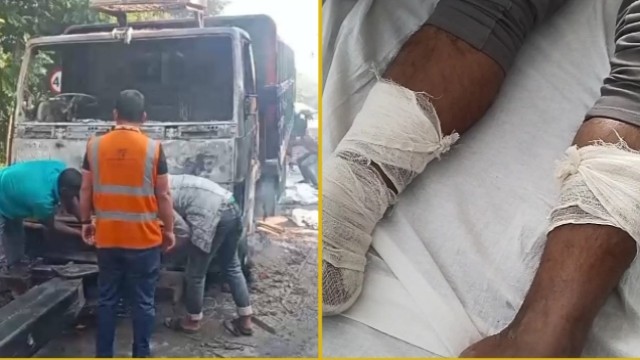
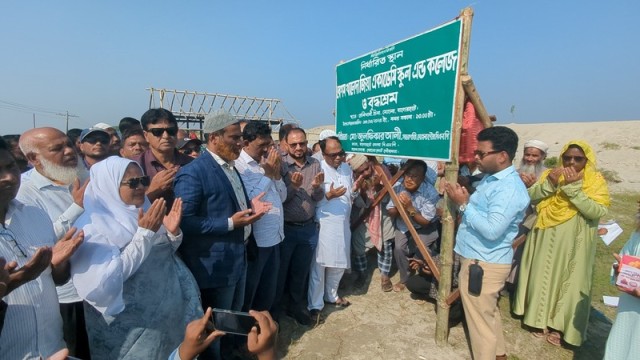
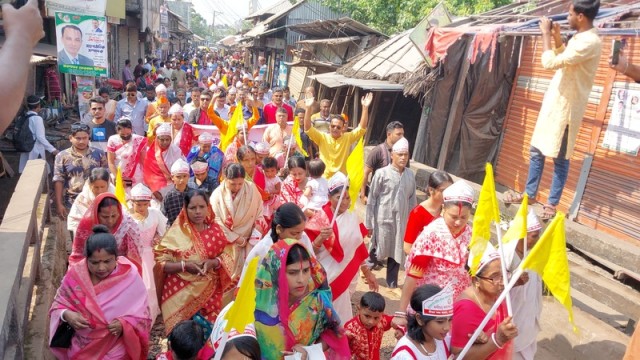
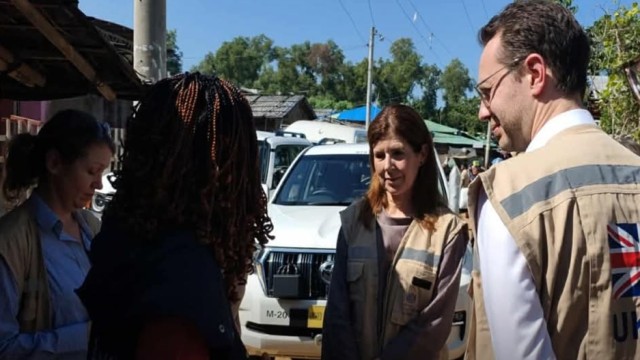
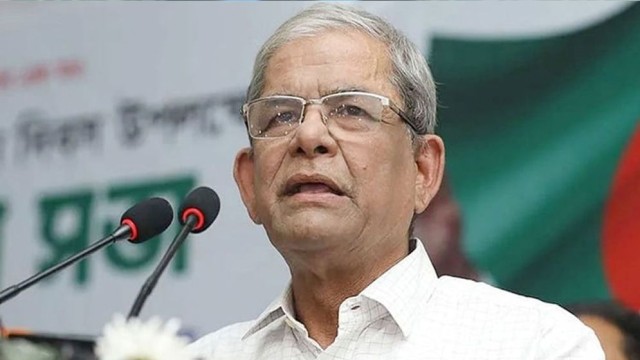
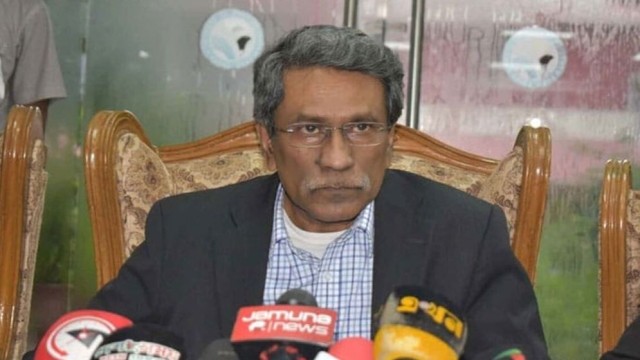



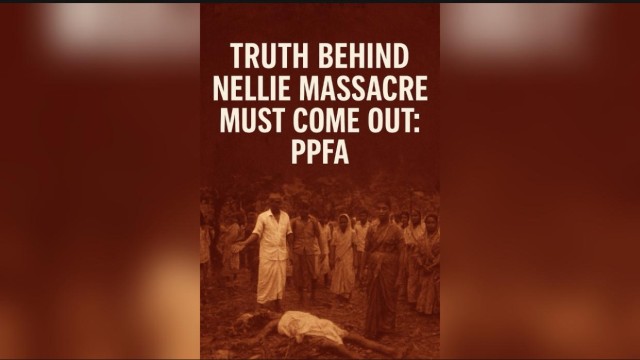
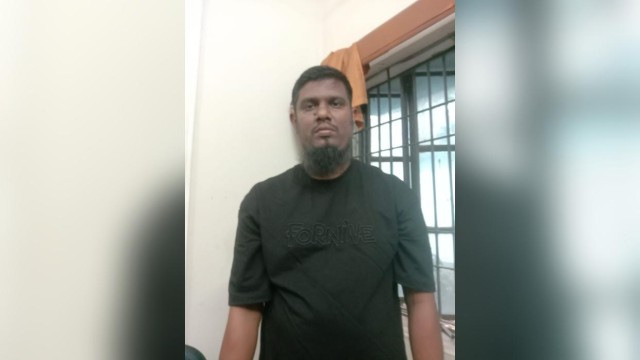



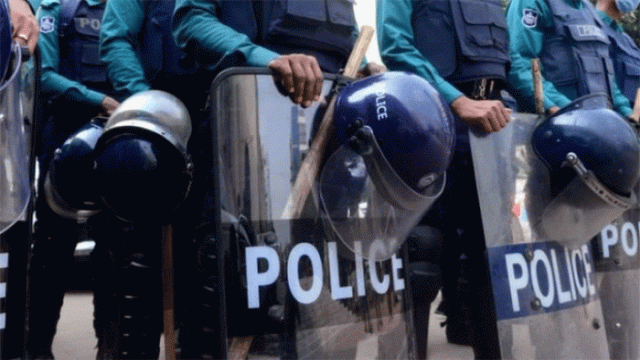


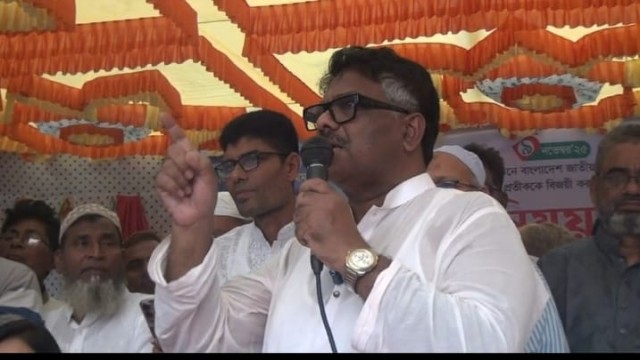
Comment: